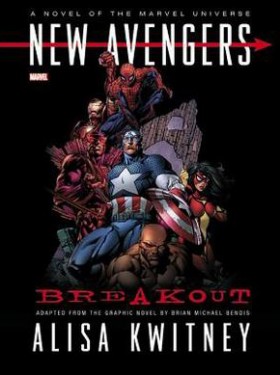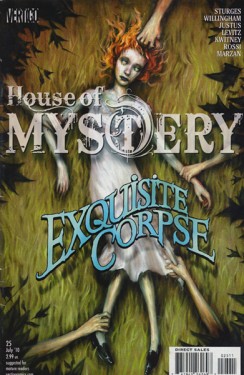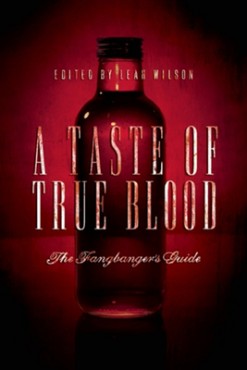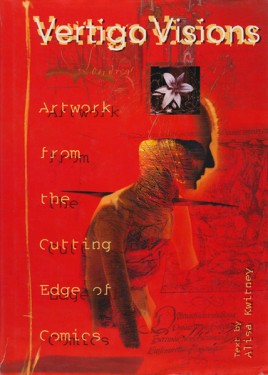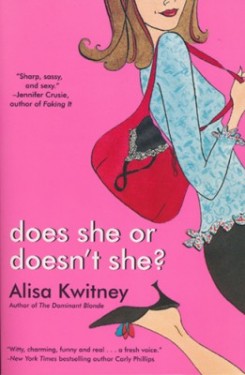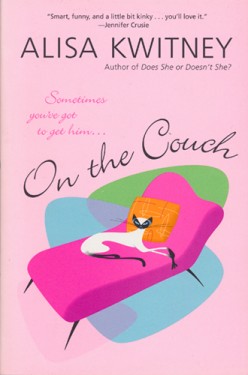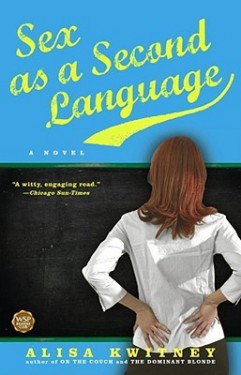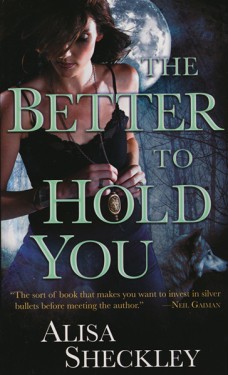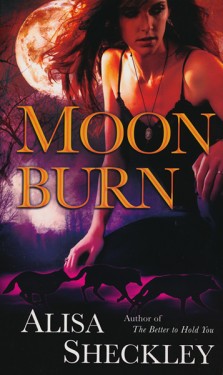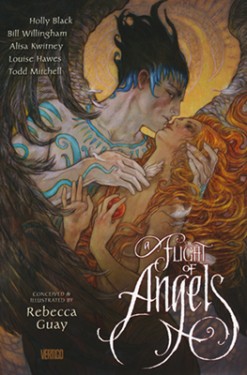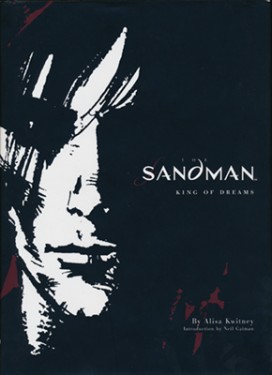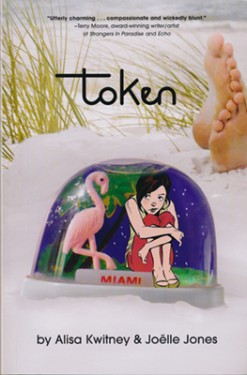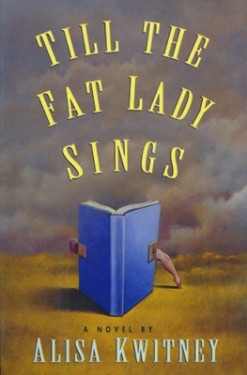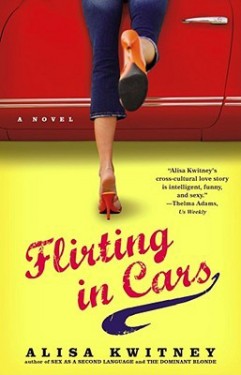Posted November 20, 2014 — Posted in
Comics,
YA Sorry I’ve been so late in posting something — I’ve been adjusting to a new, busier schedule of teaching in addition to writing and editing. Also, my dog and cat are getting so old that I’m remembering what it was like to have babies (up all night, burst of panic over small, strange sounds, cleaning up various effluvia).
On the writing side, I can now officially talk about my two-part Batgirl story, which is part of the big DC Comics Convergence Event. More info here»
This is Stephanie Bond Batgirl, not Barbara Gordon Batgirl, by the way. Cassandra Cain (Black Bat) and Tim Drake (Red Robin) are also involved, as is Catman and Gorilla Grodd. I’ll see if I can post some art soon…
I was about halfway through Columbia’s Master’s Writing Program in Fiction when it hit me: I still didn’t know how to begin a novel, let alone finish one. Like many aspiring novelists, I had been working on short stories. I had figured someone would show me how to make the leap from writing 5,000 word stories (20 pages) to writing 75,000 word novels (300 pages).
But there I was, about to start work on my thesis, and I still had no idea how to make a story stretch to 20 times the length of the stories I’d been writing. I knew I couldn’t just add more words, because all that would give me would be the never-ending story.
I also knew that I wanted to write a novel while I was in the writing program, because that was why I was spending the big bucks – to learn to write a novel. So what to do?
I picked a mentor novel. It was Puffball, a slim novel by Fay Weldon. I picked the book because a) I liked it and b) there was something about the tone and pacing and style of the book that felt like the stuff I was writing. I felt that this book fit my sensibility, even though the plot and characters weren’t exactly what I would write, and neither were the characters.
And then I used the structure and pacing of Puffball to guide me through the structure and pacing of my novel.
For example, here were the kinds of questions I asked Puffball:
How far into the book are all the major characters introduced?
How many points of view are there?
When does the protagonist’s (main character) main problem get set up?
When does the antagonist’s (character working against protagonist) problem get set up?
When do minor character’s problems get set up?
How quickly does the protagonist’s problem grow into something bigger?
When does the problem become absolutely overwhelming?
What does the protagonist do at this point?
How does the antagonist react?
What is the new status quo as the book ends?
I didn’t use words like “dark moment” and “crisis/climax” and “second act turn” because back then I didn’t know them. Columbia’s MFA program focused on whether fictional events seemed “authentic” or “manipulated” and analyzed whether scenes “worked”. As far as I can recall, there was no formal discussion of three act structure, or instruction about how to set up subplots, or how to resolve them, or when to resolve them.
Puffball, and by extension Fay Weldon, taught me all that. At least, for that novel (Till the Fat Lady Sings, which was later published by HarperCollins). Other books required other mentors. For The Dominant Blonde, which was a crime caper as well as a romance, I used two mentor novels, one a crime caper and the other a contemporary romance. (I can’t recall which ones, but the authors were Carl Hiaasen and Rachel Gibson). I also was inspired by the Fawlty Towers episode, “The Kipper and the Corpse.”
If this is your first novel, however, I suggest picking one mentor novel. It should be a novel you really love, in a style and sensibility that feels native to you. Your novel shouldn’t have the same characters or plot, but should probably be in the same section of the bookstore: YA Fantasy, for example, or romantic thriller, or contemporary women’s fiction.
Then go ahead and use the mentor to show you structure and pacing. In addition to the questions I raised above, you could ask:
How much physical description of characters?
How much scene setting?
How is dialogue broken up by physical actions?
How much is explained about character’s emotions, and how much left for the reader to infer?
What kinds of slang or jargon are used to reveal characters’ backgrounds and make their voices distinct?
Important Note: Of course, the mentor novel is only a rough guide, and your novel doesn’t have to do precisely what the mentor novel does on the exact same page.
Are you picking a mentor novel? Which one?
Posted July 14, 2014 — Posted in
Movies One of the things I love about romance: Female characters drive the action. This shouldn’t seem like a revolutionary idea, but over at the Cineplex, all the action films have state of the art special effects and female characters that might as well be wearing bouffants and pearls. Take Dawn of the Planet of the Apes. There is a lot of talk about “the females and the young,” as in, “Leave the females and the young” and “oh, no, the females and the young!” The human and simian females don’t have a lot to do, acting-wise, besides looking all Susie Sad Eyes at their heroic man and apefolk. Yeah, sure, the main human female character is supposedly a doctor who worked for the CDC, but all she actually gets to do in the film is open a bag and pull out some medicine (without asking any questions about her patient’s condition. If that’s CDC protocol, that explains how the simian flu wiped out the human population).
The problem here is that the writers thought that telling us that the character is a doctor makes her seem more competent and intelligent. It doesn’t. You need to show a character using medical skills to make them seem competent.
And it’s very satisfying, watching characters display competence.
The original Planet of the Apes, which came out in 1968, was a lot less sexist. Dr. Zira played a pivotal role and displayed intelligence, competence and bravery. In fact, she took the lead in confronting orangutan scientific authority, backed up by her husband. (The original novel, by the way, was written by Pierre Boulle, author of The Bridge over the River Kwai).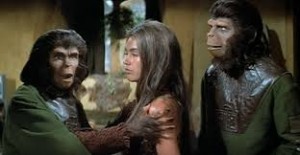
What do you mean, our roles are smaller in the reboot?
It’s really easy, when you’re trying to become a better writer, to screw yourself up so completely that you just stop writing. I know because I’ve done it to myself.
So how do you hone your craft and sharpen your story without losing your mojo?
You take care of the muse, the creative spark, the seeds of inspiration in the subconscious, or what Stephen King calls “the boys in the basement” and Jennifer Crusie calls “the girls in the basement.” About a year ago, the girls in my basement were looking pretty traumatized. I figured my basement needed some work so that it seemed more like a playroom and less like a dungeon. I figured the girls needed some professional help.
Creativity coach Eric Maisel gives week long, intensive Deep Writing workshops in various exotic locales – San Francisco, Paris, Prague…Rhinebeck. I took his course a couple of years ago, (in Rhinebeck, not Paris or Prague) and learned some very useful lessons.
For example: There are thoughts you should not dwell on, even if they are true. A sampling of Bad Thoughts:
Wow, there’s a lot of writerly competition out there.
Writing a novel is hard.
I don’t know if this novel is going to sell.
Damn, the competition is all younger/older than I am.
I don’t know if this is the right novel for me to be working on.
How can you tell when a True Thought is also a Bad Thought? “You can tell what the next energy is after that thought,” says Maisel. “It’s the energy to leave the work.”
Maisel says that just because a thought is true doesn’t mean that you have to entertain it. You may think that you are doing yourself a favor by facing up to the grim fact, but what you’re really doing is terrorizing the girls in the basement.
Maisel’s strategy for derailing those runaway trains of thought: Stop and remind yourself, “That thought does not serve me.”
We can’t always stop ourselves from thinking Bad Thoughts, of course. But we can stop ourselves from pulling them up chair, brewing them a fresh pot of coffee, and giving them a home alongside the girls in the basement.
Today my Israeli cousin asked me to pick up a copy of 50 Shades of Grey for her, and I told her there’s more to romantic erotica than red Audis and the red room of pain. Check out my new blog about the new erotic contemporary romance at heroes and heartbreakers.
I am very excited to be launching my new website. It was designed by my friends, Alex Tuller and Dean Temple at Drake Creative. Alex took the pictures of me with mini Hawkeye coming out of my head, as well as the exciting love triangle pics of Hawkeye, Dawn (a seventies mod version of Barbie) and Zera (from the original Planet of the Apes).
The whole action figure thing happened after Alex and I took what we thought was the real author shot – the one of me standing in the doorway. We just started fooling around toward the end (there had been a little wine involved, to loosen me up so I didn’t do rictus smile at camera) and started creating this whole torrid action figure drama (maybe I’ll get Alex to put up some of the other shots, so you can see the whole sequence).
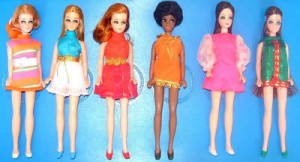
I love the idea that the stuff we did when we thought we weren’t working became the center of the whole website design. In my career, it’s almost always turned out that the things I did for fun, without overthinking, turned out to be more successful than the projects I labored to create.
In any case, welcome to my new website! Hope you’ll come back to check out future blogs and post comments.







